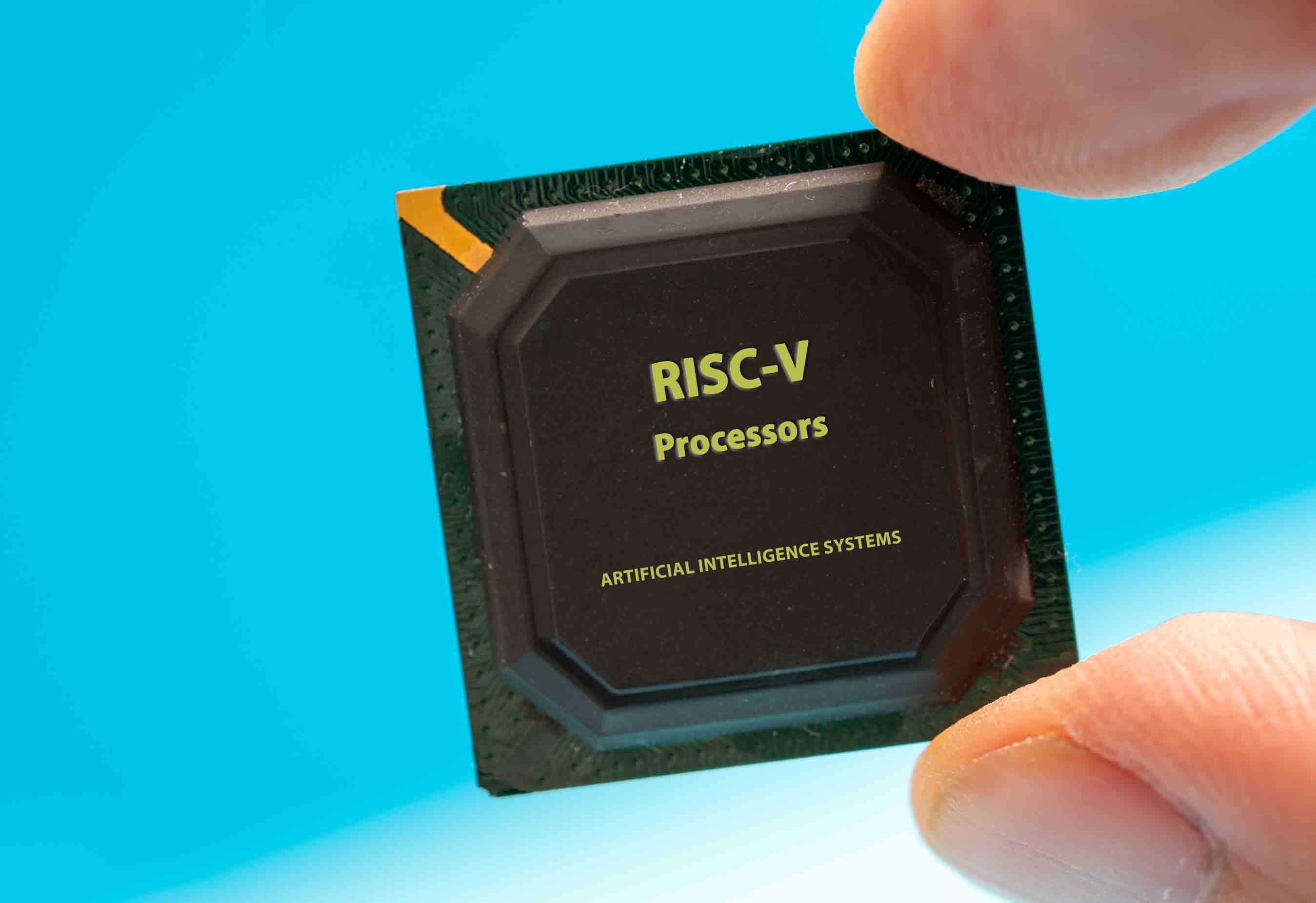Nanomites: Tiny Machines, Big Impact
Introduction to Nanomites
Nanomites, a revolutionary advancement in nanotechnology, encapsulate the essence of miniaturization and precision engineering. These diminutive devices, typically measuring between 1 to 100 nanometers, represent a fusion of interdisciplinary sciences, melding materials science, biology, and engineering. Engineered with meticulous precision, nanomites exhibit remarkable capabilities at the molecular and cellular levels. Their intricate architecture comprises a myriad of components, from sensors and actuators to communication modules, meticulously designed to execute specific tasks with unparalleled accuracy. As pioneers in the nanoscopic realm, nanomites hold the promise of transformative impact across diverse fields, from healthcare and electronics to environmental remediation. With their ability to navigate the intricate landscapes of biological systems and manipulate matter at the atomic scale, nanomites stand poised to redefine the boundaries of human ingenuity and scientific exploration.
Structure and Composition
Nanomites are engineered using a variety of materials, including metals, polymers, and biomolecules. Their compact size allows for precise manipulation of atoms and molecules, enabling them to exhibit unique properties and functionalities. The structure of nanomites is carefully designed to accommodate specific tasks, with components such as sensors, actuators, and communication modules integrated into their architecture.
Functionality and Applications
Nanomites hold immense potential across diverse fields, including medicine, electronics, environmental remediation, and beyond.
- Medicine: In healthcare, nanomites offer revolutionary capabilities in drug delivery, diagnostics, and targeted therapy. These tiny machines can navigate through the bloodstream, selectively targeting diseased cells or delivering therapeutic payloads with unprecedented precision. Additionally, nanomites hold promise in tissue engineering and regenerative medicine, facilitating the repair and regeneration of damaged tissues at the cellular level.
- Electronics: In electronics and computing, nanomites contribute to the development of ultra-miniaturized devices and components. Their ability to manipulate individual atoms and molecules enables the creation of high-density memory storage, faster processors, and more efficient energy sources. Nanomites also play a crucial role in the advancement of nanoelectronics, enabling the fabrication of nanoscale circuits and sensors for a wide range of applications.
- Environmental Remediation: Nanomites offer innovative solutions for environmental challenges, such as pollution remediation and water purification. These miniature machines can target and neutralize environmental contaminants at the molecular level, facilitating the cleanup of contaminated sites and improving water quality. Additionally, nanomites can be employed in environmental monitoring and sensing, providing real-time data on pollution levels and environmental conditions.
Starbucks vs. McDonald’s: Environmental Sustainability | Maya (mayathevoice.com)
Debunking the Myth: The Reality of Nanomites and Human Invincibility
Nanomites represent a cutting-edge approach to targeted therapy and precision medicine. These nanoscale particles, often referred to as nanorobots or nanites, hold tremendous potential in the treatment of diseases such as cancer and infections. Engineered with sophisticated molecular machinery, nanomites can be programmed to seek out and selectively destroy specific types of cells, including infected cells or cancerous tumors, within the bloodstream. Through the integration of advanced sensors and actuators, nanomites can precisely identify and target diseased cells while sparing healthy tissues from harm. This targeted approach to therapy minimizes side effects and maximizes therapeutic efficacy, offering new hope for patients facing challenging medical conditions. As research in nanomedicine continues to advance, the development and refinement of nanomites hold promise for revolutionizing the landscape of healthcare and ushering in a new era of personalized medicine.
Nanomites represent a cutting-edge approach to targeted therapy and precision medicine. These nanoscale particles, often referred to as nanorobots or nanites, hold tremendous potential in the treatment of diseases such as cancer and infections. Engineered with sophisticated molecular machinery, nanomites can be programmed to seek out and selectively destroy specific types of cells, including infected cells or cancerous tumors, within the bloodstream. Through the integration of advanced sensors and actuators, nanomites can precisely identify and target diseased cells while sparing healthy tissues from harm. This targeted approach to therapy minimizes side effects and maximizes therapeutic efficacy, offering new hope for patients facing challenging medical conditions. As research in nanomedicine continues to advance, the development and refinement of nanomites hold promise for revolutionizing the landscape of healthcare and ushering in a new era of personalized medicine.
what makes japan so fascinating #shorts #japan (youtube.com)
Challenges and Ethical Considerations
Despite their tremendous potential, the widespread deployment of nanomites raises important challenges and ethical considerations. Concerns regarding the potential toxicity of nanomaterials, unintended environmental impacts, and privacy issues surrounding nanomite-enabled surveillance systems must be carefully addressed through rigorous research and regulatory oversight. Furthermore, ethical guidelines and frameworks are needed to ensure responsible development and deployment of nanomites, safeguarding against potential misuse and unintended consequences.
Conclusion
In conclusion, nanomites represent a transformative technology with far-reaching implications for science, medicine, and society at large. As researchers continue to unlock the full potential of nanotechnology, the development and integration of nanomites into various applications hold promise for addressing some of the most pressing challenges facing humanity. By embracing innovation and fostering responsible stewardship, we can harness the power of nanomites to usher in a new era of discovery and progress.




